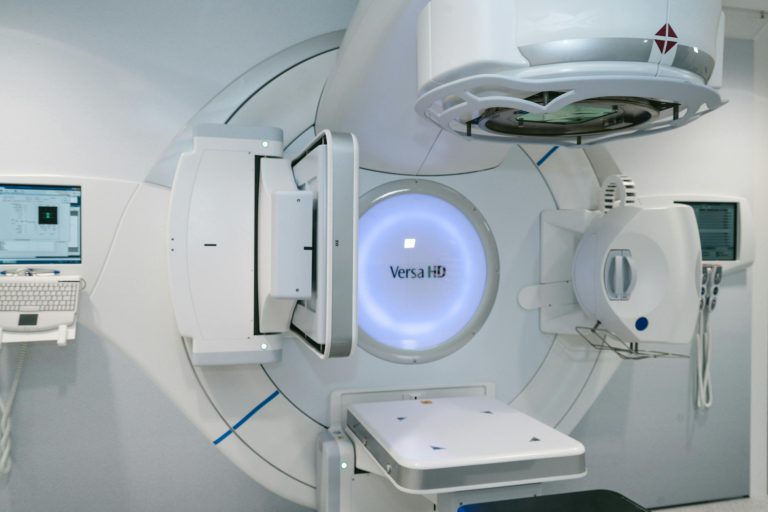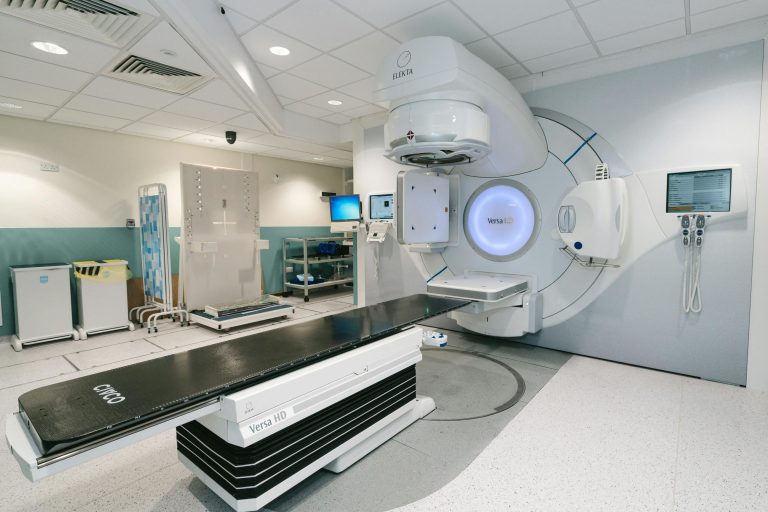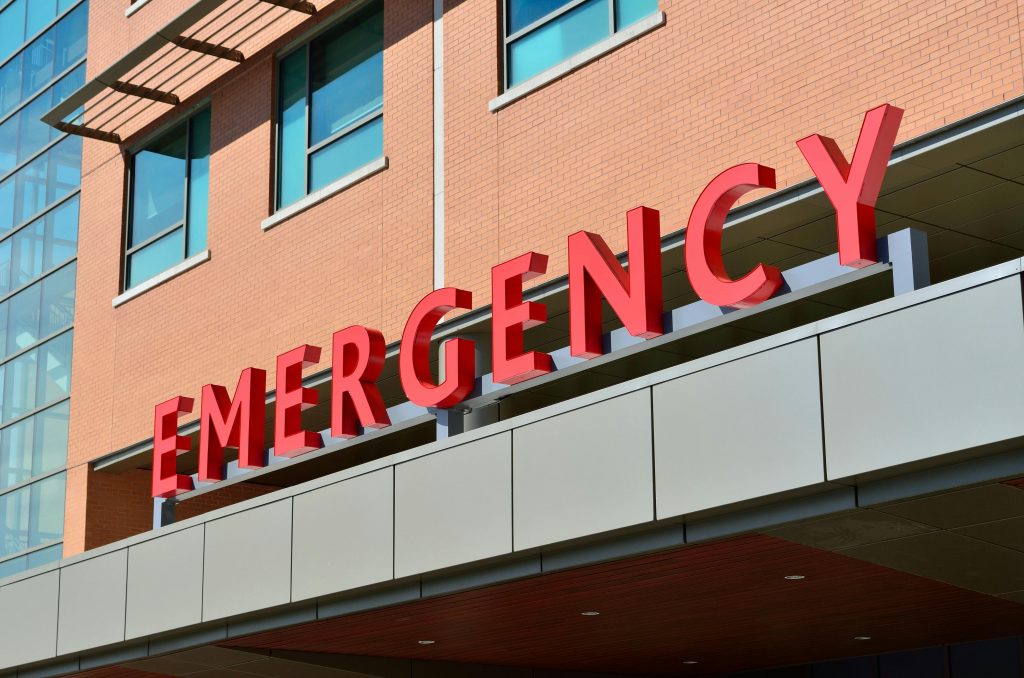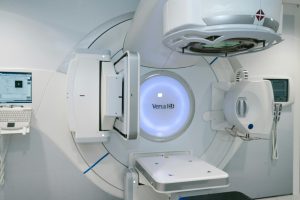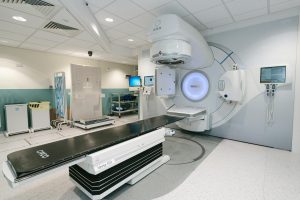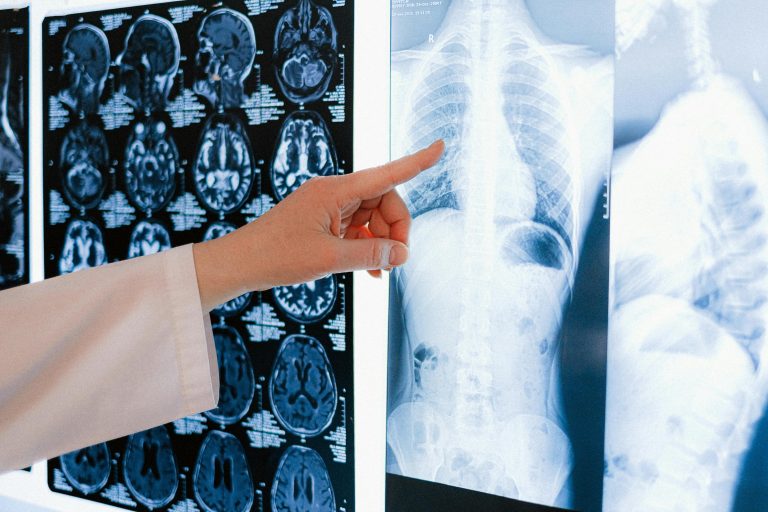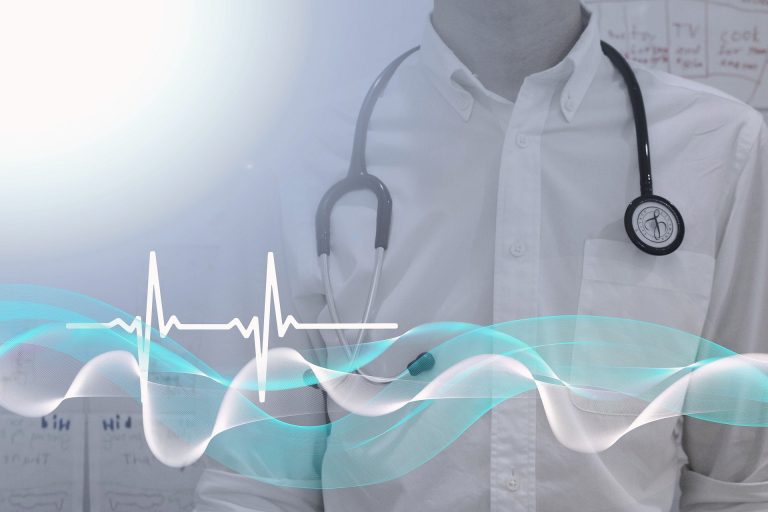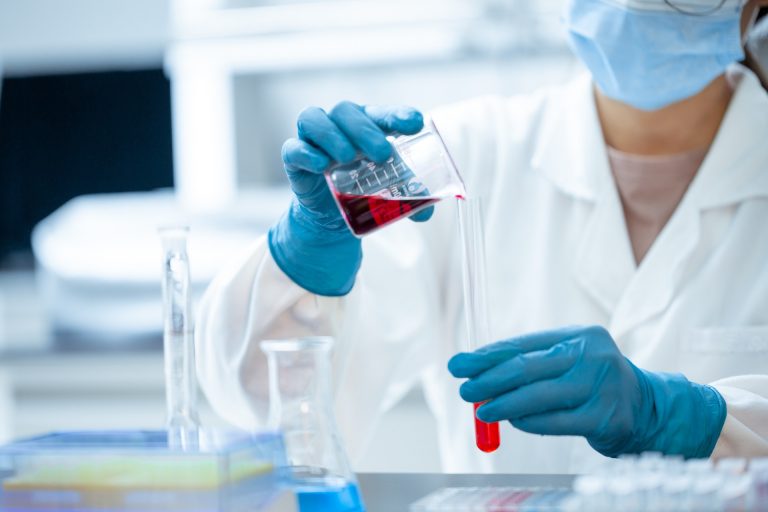Level 1 Emergency Department
Services: Basic emergency care, stabilisation, and transfer to higher-level facilities if necessary.
Staff: General practitioners (GPs), registered nurses, and possibly some emergency-trained personnel. Facilities: Basic diagnostic equipment and treatment facilities.
Examples: Small rural hospitals or clinics.
Level 2 Emergency Department
Services: More comprehensive emergency care with the ability to handle a wider range of emergencies. Staff: Emergency medicine specialists, GPs, registered nurses, and some specialist services. Facilities: More advanced diagnostic and treatment facilities, including basic imaging and laboratory services. Examples: Larger rural hospitals.
Level 3 Emergency Department
Services: Comprehensive emergency care with access to a broader range of diagnostic and treatment services. Staff: Emergency medicine specialists, registered nurses, and access to various specialists. Facilities: Advanced imaging and laboratory services, as well as resuscitation facilities. Examples: Regional hospitals.
Level 4 Emergency Department
Services: Full emergency care with a wide range of on-site or on-call specialist services.
Staff: Highly trained emergency medicine specialists, registered nurses, and various specialist doctors. Facilities: Comprehensive imaging and laboratory services, operating theatres, intensive care units. Examples: Metropolitan hospitals.
Level 5 Emergency Department
Services: Extensive emergency care with most specialist services available on-site 24/7.
Staff: Emergency medicine specialists, registered nurses, specialist doctors in many fields.
Facilities: State-of-the-art imaging and laboratory services, operating theatres, intensive care units. Examples: Major metropolitan hospitals.
Level 6 Emergency Department
Services: The highest level of emergency care, capable of handling the most severe and complex cases, including trauma. Staff: Highly trained emergency medicine specialists, registered nurses, and specialists in all fields. Facilities: Comprehensive and state-of-the-art facilities, including trauma centres, intensive care units, and a full range of diagnostic and treatment services. Examples: Tertiary referral hospitals and major trauma centres.
These levels help ensure that patients receive care appropriate to the severity of their condition and the emergency department’s capabilities.


